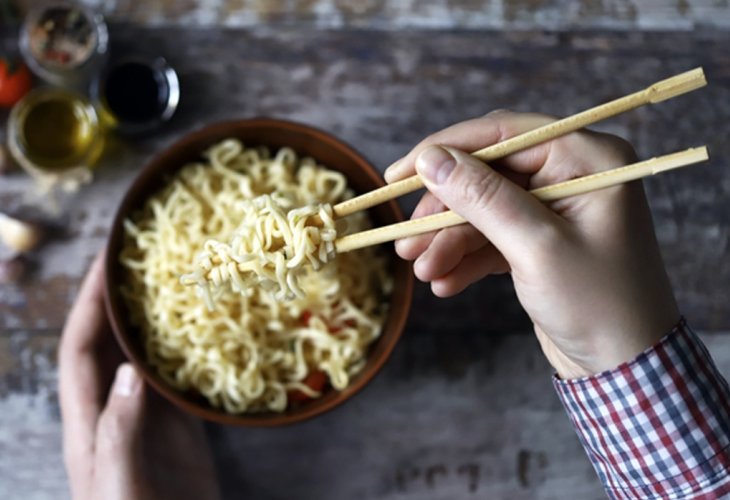Facts You Didn't Know
From Chopsticks to Tiny Bats: Fascinating Facts
From weather patterns to metal recycling and more, here are 7 surprising facts you probably didn’t know
 (Photo: Shutterstock)
(Photo: Shutterstock)Do You Know Where People Use Chopsticks?
Chopsticks, also called eating sticks, are used instead of forks or spoons in countries like China, Japan, and Korea. Using them takes some practice, but they’re an important part of the culture in those places.
Do You Know What Bronze Is?
Bronze isn’t a pure metal. It’s made by mixing copper and tin. This makes it stronger than iron, which is why people used it long ago for tools, dishes, and weapons. Today, bronze is mostly used for coins, medals, and artwork.
Do You Know Which Island Has Checkered Waves?
On Ré Island, off the west coast of France, you can sometimes see square-shaped waves in the ocean. These waves happen when two different weather systems meet at just the right angle. It looks beautiful, but it can be dangerous for boats because the water comes from two directions at once.
Do You Know Which Mammal Is Smaller Than a Fingernail?
It’s the bumblebee bat! This tiny bat lives in Thailand and is the smallest mammal in the world. It’s less than 3 centimeters long and weighs under 2 grams, smaller than a coin!
Do You Know How Metals Are Separated at Scrap Yards?
In metal recycling yards, giant magnets are used to pull different types of metal, like iron or steel, out of big piles. Each kind of magnet attracts a different kind of metal.
Do You Know What the Largest Island in the World Is?
Greenland is the biggest island on Earth. It sits northeast of North America and covers more than 2 million square kilometers. It belongs to Denmark but is mostly self-governed by the people who live there.
Do You Know Which Canal Connects Oceans?
The Panama Canal connects the Pacific Ocean with the Atlantic Ocean. It was built through Central America in the early 1900s to help ships avoid sailing around South America. Building it was tough and dangerous, and sadly, more than 27,000 workers lost their lives during the project.

